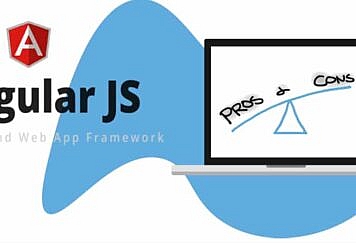There is no one-size-fits-all solution for business cloud migration as every business migration requirement is different. However, there are several focus areas that all businesses need to prioritize in order to get the migration done right.
Here are the six crucial areas that are important for businesses of all sizes and industries:
Planning What Metadata And Features To Migrate Is Crucial
Migrating metadata and several intricate features of the company data is at the core of almost every business cloud migration. It is important to specifically plan what metadata and features to transfer, especially when migrating from one enterprise cloud to another, e.g. from Google Drive to OneDrive.
Data features such as timestamps, root, and sub-folder sharing permissions, file sharing permissions, timestamps, comments, version history, embedded links, and external and internal shares are crucial to migrating.
Staged Migration Works Great For High-volume Data Migration
If your company has dozens of terabytes/petabytes of data to migrate from a standalone cloud storage service to a modern cloud suite, e.g., from Dropbox to OneDrive, it’s important to approach the migration in phases or stages
Segregating the overall migration in stages or different phases will help you lower the risk of API throttling to a significant extent. Going for a staged migration also works great in simplifying the progress monitoring processes.
Free Migration Tools Don’t Work For Business Cloud Migration
Free migration tools can seem alluring, but they do not work for business cases. Free migration tools are not only limited in terms of data size but also do not have the capabilities to migrate intricate data features such as multiple version history, in-file comments, and DMs.
In order to migrate high-volume data along with all the intricate features and metadata, it’s important for businesses to use a full-stack and scalable migration tool like CloudFuze.
It’s Important To Be Aware Of API Throttling
API throttling is one factor that can delay migration and is out of the control of your company and the migration service provider. In order to make sure that API throttling does not occur frequently and that it does not delay the migration project to a significant extent, it’s best to transfer only several terabytes of data per day.
Factoring In The Onboarding Time Is Key
Planning the migration timeline gives you only half of the picture of the overall timeframe that’s required for the entire project to complete. To get a good clarity of the overall time that’s required for the entire project, it’s important to factor in the time required for onboarding.
Make sure to consider all the important aspects of onboarding, including discussing the scope of work, amending terms and conditions, legal, and commercials to dedicate a fair share of the time that’s actually required.
Private Migration Environment Is The Best For Sensitive Company Data
If your company has highly sensitive data to migrate from source to destination cloud, it’s best to choose a private migration environment to make sure that no data goes out into shared or public networks.
Depending on your company’s security requirements and migration budget, you can either choose to perform the migration in dedicated servers or locally with a scalable migration tool like CloudFuze.
Follow TechStrange for more Technology, Business, and Digital Marketing News.





